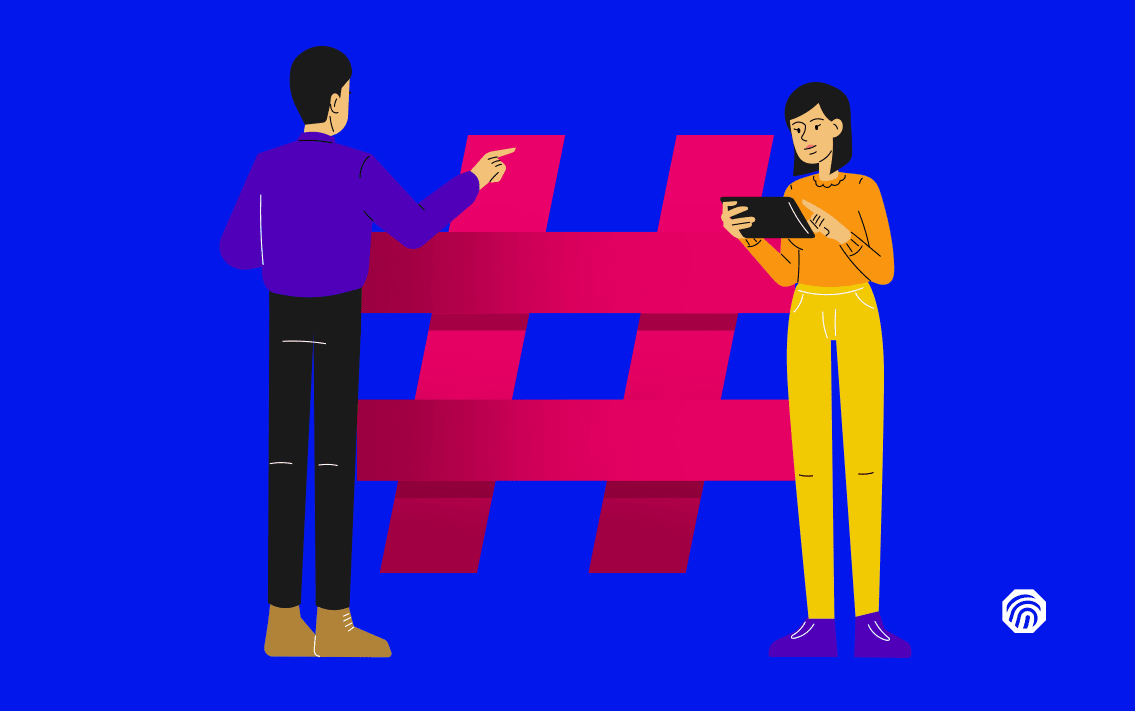If you’re considering or already employing a channel marketing strategy for your brand, you could be missing a critical component. As an experienced marketing professional, you already know how important social media marketing is for your brand. But do you know how social media fits in with a channel marketing strategy? Leveraging social media reach and engagement at each level can expand your audience and give you greater visibility in local markets. Let’s look at how and why social media can benefit your channel marketing strategy.
Assess the Partners in Your Channel Marketing Strategy
Here are common channel marketing partners that might play a part in your strategy.
- Affiliates. Affiliates send traffic and potential customers your way by naturally marketing your brand. You provide an affiliate a custom link to share in their own content, whether it’s blog posts, videos, emails, or social media posts. Affiliates earn a commission based on link clicks.

- Distributors. Distributors help promote goods created by a manufacturer, spreading the word about products to resellers or retailers. A distributor knows both product and market well, which benefits a brand.
- Retailers. Retailers sell your brand through their own local business. Your brand may communicate with each local retailer through one point of contact, such as an account manager. They likely buy your products and sell them at the price they choose.
What can you offer each other?
A fruitful partnership can build good brand reputation and customer trust in both parties. It can also boost sales and expand reach to different audiences. Plus, working with a partner can generate new marketing ideas that you may not have thought of before.
Your brand, as well as any of these channel partners we’ve just talked about, likely has a social media presence. Take a look at the number of followers for each one and, if possible, share other metrics. Now, imagine the benefits of pooling your resources to increase engagement for everyone.
Why Choose Social Media in Your Channel Marketing Strategy?
Social media requires creativity, strategy, and an eye for trends. While your brand might have vast resources to manage your strategy, perhaps a whole social media department, keep in mind that others, like retailers and distributors may not. On the other hand, they offer sharp insight into their individual communities and local audiences. They may notice trends before you, and they can stay nimble in the face of breaking news. Together, you can achieve big results.
Better overall reach

Keep in mind the following statistics that reveal the power of social media:
- 86% of social media users follow brands
- 75% of customers have purchased something because they saw it on social media
- 71% of customers are more likely to purchase based on social media referrals
Seeing a product or service on social media (whether it’s organic or a sponsored ad) influences the decisions of customers.
Higher customer retention
Want to keep your customers around for the long run? An active social media presence is a great way to connect and build customer loyalty.
- 48% of consumers are more likely to buy if a company is responsive on social media
- 57% are more likely to buy from a brand they follow
- Strong omnichannel customer engagement yields 89% retention
We have to point out that your social media presence has to be genuine and thoughtful in order to benefit your brand. Our research found that 46% of consumers unfollow brands with too much promotional content.
Better local reach with partners
Social media posts tailored to local audiences via your retailer partners are often more successful than non-localized posts. In fact, geo-targeted social media posts were six times more successful than global posts, a study found.

That’s why choosing the right channel marketing partners is so important. Partners who play a role in your brand strategy can expand the reach of your content, target new audiences, and benefit everyone involved.
Use Social Media Collaboratively

Don’t overlook social media in your channel marketing strategy. Look for tools and technology that let you and your channel partners work together seamlessly. ThumbStopper directs your brand content straight into the feeds of your local retailers, ensuring consistency across your channels and theirs. It saves time for you both and gives them access to your high quality visuals and assets that would otherwise be beyond their budget.

Experience the network effect when you tap into your retailers’ resources. Proper research and marketing tactics tailored for your local audiences in social media can improve your brand reach, retain more customers, and keep marketing costs low and ROI high.




